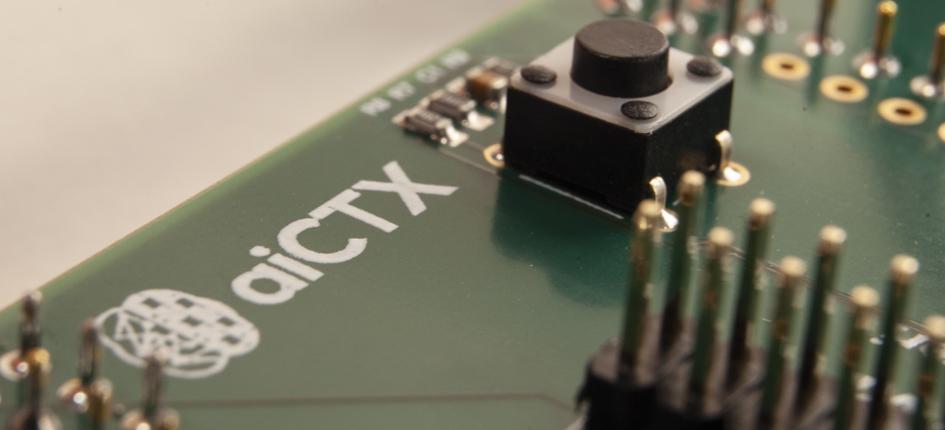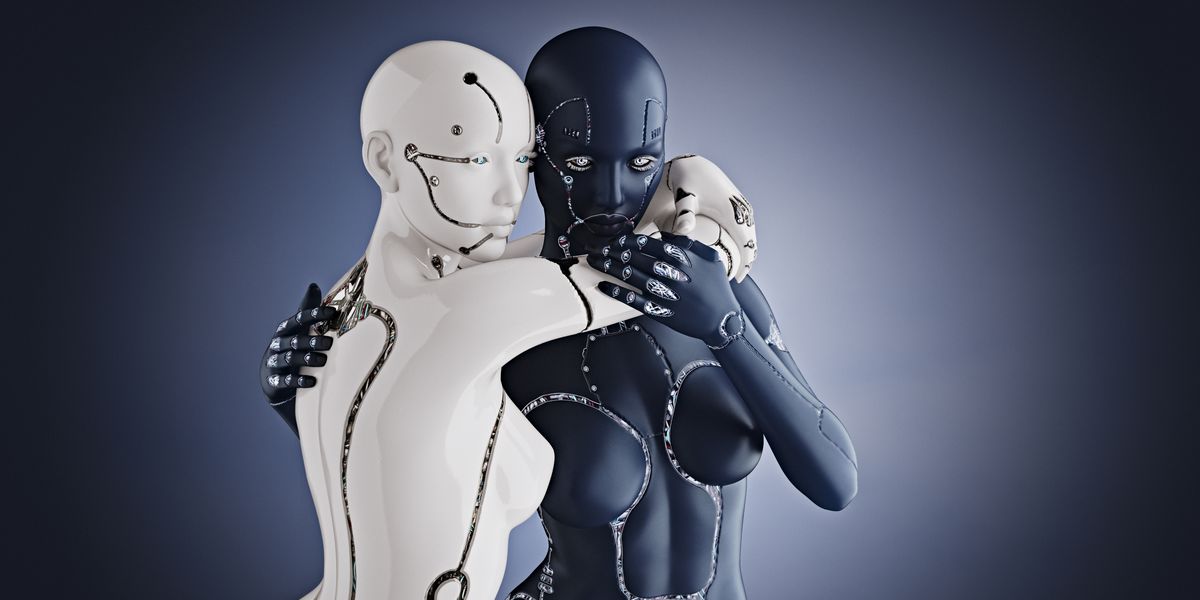For artificial intelligence to prevail, intelligent computing systems that are many times more efficient than today’s standard computers are required. Novel solutions developed in Zurich are driving this revolution – and attracting prominent international partners.

Already back in the 1990s researchers in Zurich were banking on artificial intelligence (AI). Thanks to this visionary attitude, a dynamic ecosystem developed in Zurich – and in turn, a decisive competitive advantage for the region.
The Institute of Neuromatics (INI) was established in Zurich in 1995, creating a place where scientists from two of the world’s leading universities work together. The University of Zurich (UZH) contributes its scientific expertise in fields such as biology, while the Swiss Federal Institute of Technology (ETH) in Zurich brings its engineering expertise, such as microelectronics.
The fact that such different disciplines can be explored and developed under one roof was and remains unique. As Giacomo Indiveri, INI director and co-founder of the AI company aiCTX, says: “The entrepreneurial culture at the two universities is also outstanding, and startups in the region can find strong financial startup assistance. All of this paves the way for many spin-offs at the institute.”
And their track record is impressive: these spin-offs attract international investors and tech corporations interested in investing in or cooperating with them, or even outright acquiring them.
Ultra-fast solutions for the AI future
One example of this is the Zurich spin-off iniVation. Not only does it collaborate with Samsung, but it just won a prize for the best innovation at CES, the world’s largest consumer electronics trade fair, in Las Vegas at the start of 2020. Its prize-winning innovation is the first neuromorphic camera, which can emulate key aspects of the human retina.
INI’s spin-off company aiCTX contributed to this success through its collaboration with iniVation. aiCTX also presented a product at CES and is developing a new type of ultrafast, energy-saving processors for applications involving AI and the Internet of Things.
“It is the basis for the most efficient interactions with the world around us. It could be a medtech solution where a sensor controls the heart or a smart city application for traffic,” explains Indiveri.





